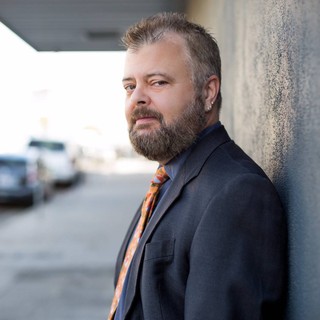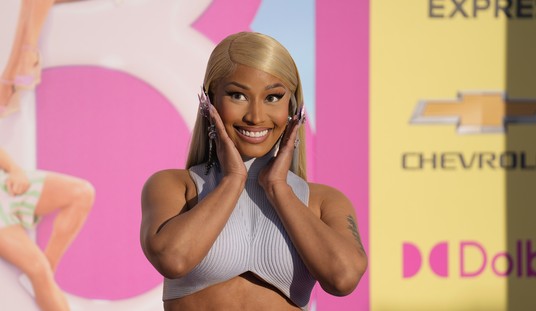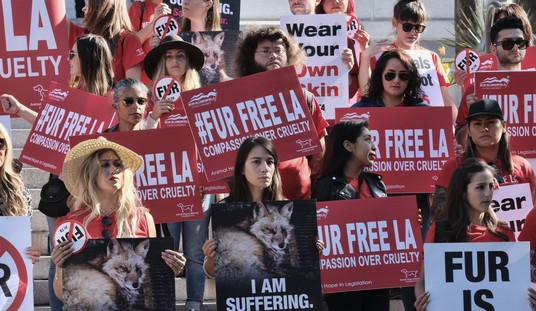Duh.
Unrest in Ferguson, Mo., continues to dominate America’s attention more than 10 days after Michael Brown was shot and killed in what was a little-known St. Louis suburb. Unrelenting social media dispatches and shocking images of aggressive police force have only intensified the spotlight as officials seek calm. Attorney General Eric Holder visited the local FBI field office Wednesday to discuss the investigation and meet with community leaders — Washington’s strongest step yet toward de-escalating drama.
But social networks like Twitter highlight tensions in the moment rather than calm them, with tweets and photos detailing the scene as things unfold in real time. Social media has captured public violence and the detainment of two Washington journalists last week, and tweets, Instagram photos and Vine videos broadcast images of looting and police aggression to the world. Mini dispatches from those near skirmishes involving protesters and police have played a critical role in shaping the news: The #Ferguson hashtag has been tweeted almost 8 million times this month, according to figures from Topsy, a Twitter analytics service.
I have started to write about this perhaps ten times in the last week. While I agree that social media isn’t doing much to calm things down, I am not sure it should be looked at as much of an instigator. Cable news is still cranking up the tension more than anything else. Americans are TV people and all of the caterwauling on Twitter and Facebook is usually a response to something that was just seen on CNN, Fox News or MSNBC. Yes, social media helps spread the collective angst quicker but it is television that delivers that angst at Level 10 to the public in the first place. Let’s be honest-Al Sharpton was unnecessarily ratcheting up racial tension decades before Twitter even existed.










Join the conversation as a VIP Member